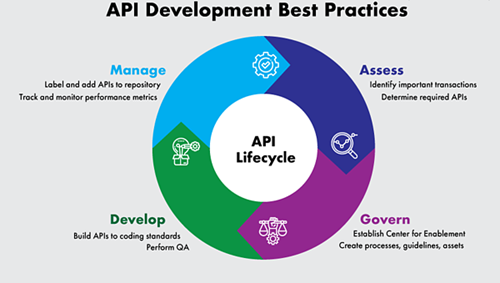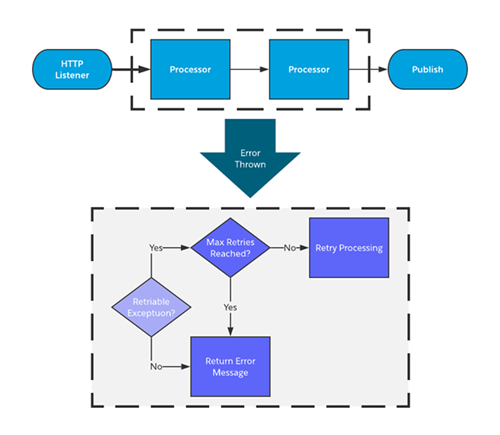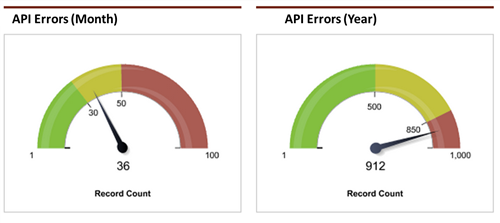
Introduction
In any Salesforce implementation, facing challenges and encountering errors is undeniable. These setbacks, stemming from a variety of scenarios such as code failures, configuration errors, or intricate integration failures, can result in real obstacles to operational success. This is where the importance of a solid Error Logging Structure comes in. This is not just an organized response to challenges; is the tool that puts control over errors, empowering organizations to strategically and effectively identify, report, and resolve issues across the vast Salesforce ecosystem. Let's explore how this framework can be the key to overcoming obstacles and improving the stability and performance of Salesforce implementations.

Problem
Without a systematic method for dealing with errors, organizations face several challenges. These include:
- Lack of visibility: Errors can go unnoticed or unreported, leading to unresolved issues and potential disruptions to business operations.
- Inefficient troubleshooting: Without a centralized system for error reporting, identifying the root cause of problems becomes time-consuming and complex.
- Impact on user experience: Persistent errors can hinder user productivity and user satisfaction, impacting the adoption and overall success of the system.
Solution
An Error Log Structure offers a comprehensive solution to address these challenges. The main components of this structure include:
- Error logging mechanism: implementation of a standardized process to record errors found in the Salesforce environment.
- Error classification: error categorization based on their severity, impact, and origin to prioritize resolution efforts effectively.
- Centralized error dashboard: development of a centralized dashboard or reporting mechanism in Salesforce to track and monitor error trends, status, and resolution progress.
- Problem analysis: establishment of protocols for conducting comprehensive root cause analyses to identify underlying issues contributing to recurring errors.
- Escalation process: definition of escalation paths and procedures for unresolved errors to ensure immediate escalation and resolution by the appropriate personnel.
Strategy
It involves implementing a structure adapted to the specific needs and requirements of each organization, considering factors such as business processes, user roles and architecture of the Salesforce environment. Being a flexible structure, implementation can occur in phases, starting with essential components and gradually expanding functionalities based on feedback and evolving requirements.
The option for error logging in the framework could involve:
- Internal Error Logging (applications)
- External Error Logging (interfaces)
- Creation of alerts and reports for error visualization
- Configuration of republishing rules
- Identification of patterns and actions and/or flows generating errors

Result
The implementation of this structure leads to a better understanding of occurrences and error trends, enabling proactive identification and resolution of issues. By simplifying error logging and resolution processes, downtime is minimized, and performance is optimized, resulting in increased user satisfaction and productivity.
In particular, integration between systems is useful in scenarios where errors occur, and many of these errors have different origins: from incorrect data to connectivity issues and even due to precedence that was not respected. Many of these errors are not automatically visible to the end user; others can be resolved automatically with a republished interface.
In this way, the existence of a structure of this type allows the recording and monitoring of errors and, for example, the creation of republication rules, allowing proactive actions by the systems administration team.

Conclusion
By taking a strategic approach to error logging and management in Salesforce, organizations not only minimize disruptions but also proactively optimize their operations. The implementation of this Error Logging Structure is not just an investment in problem resolution; it is a catalyst for continuous improvement. By simplifying error logging, categorization, analysis, and resolution processes, organizations maximize system uptime, increase user satisfaction, and strengthen a robust Salesforce ecosystem. Ultimately, this framework is not just a solution; it is the assurance of stability, reliability, and continuous performance in the dynamic universe of Salesforce.
#Saleforce #ErrorLoggingStructure
